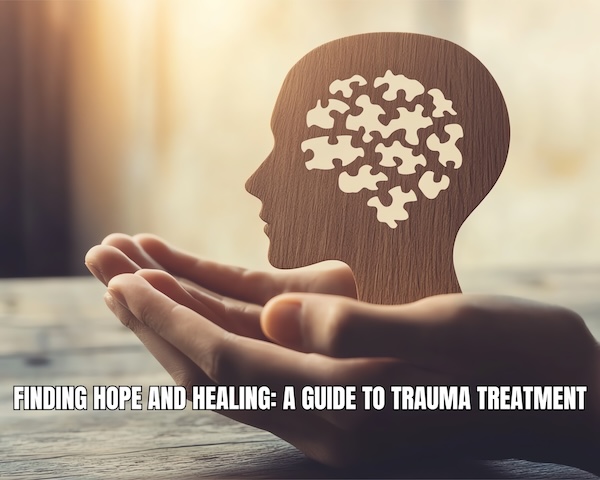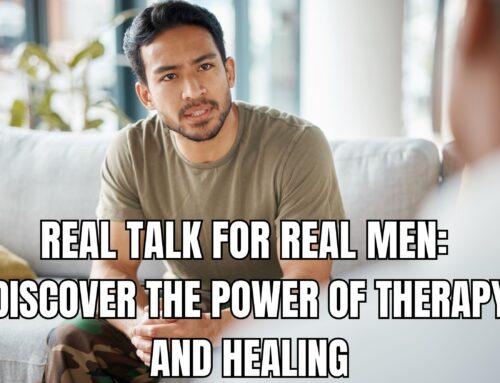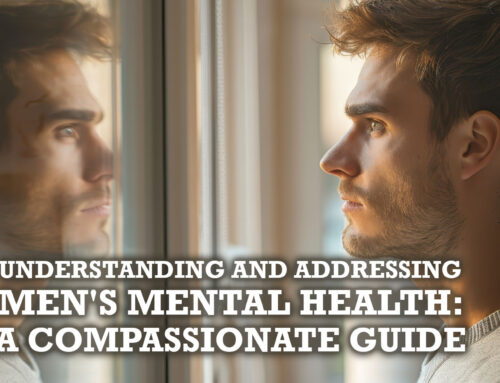As a psychotherapist with years of experience in helping individuals overcome trauma, I’ve witnessed firsthand the incredible resilience of the human spirit. If you’re reading this, you may be on your journey of healing from trauma, or perhaps you’re supporting a loved one through their recovery. Whatever brings you here, I want you to know that there is hope, and healing is possible.
Trauma can feel like an insurmountable obstacle, casting a long shadow over our lives. But with the proper support and treatment, reclaiming your sense of safety, rebuilding trust, and rediscovering joy is possible. This blog will explore the various paths to healing from trauma, sharing insights from research and personal experiences.
Understanding Trauma and Its Impact
Trauma is more common than many people realize. According to the World Mental Health Survey Consortium, over 70% of people globally have experienced at least one traumatic event in their lifetime. This statistic might seem daunting, but it also means you’re not alone in your experiences.
Trauma can affect us in many ways – emotionally, physically, and mentally. You might find yourself struggling with anxiety, depression, or post-traumatic stress disorder (PTSD). These reactions are normal responses to abnormal events, and it’s essential to be gentle with yourself as you navigate your healing journey.
The Path to Healing: Traditional and Innovative Approaches
The good news is that there are many effective treatments available for trauma. Let’s explore some of the most promising options:
- Cognitive Behavioral Therapy (CBT)
CBT is one of the most well-researched and effective treatments for trauma. It helps you identify and change negative thought patterns and behaviors related to your traumatic experiences. The Mayo Clinic, a trusted source for medical information, recommends CBT as a first-line treatment for PTSD [[15]].
One variant of CBT, called Trauma-Focused Cognitive Behavioral Therapy (TF-CBT), is particularly effective for children and adolescents. As the National Institute of Mental Health (NIMH) notes, early intervention can ease symptoms and improve daily functioning.
- Eye Movement Desensitization and Reprocessing (EMDR)
EMDR is a unique therapy that has shown remarkable results for many trauma survivors. It involves focusing on traumatic memories while experiencing bilateral stimulation, usually through guided eye movements.
One trauma survivor shared their experience with EMDR: “After my EMDR sessions, I felt like a whole different person. It was as if a weight had been lifted off my shoulders, and I could finally breathe again.” This powerful therapy can help process traumatic memories without causing additional distress.
- Art Therapy and Creative Approaches
Art therapy can be a powerful healing tool for those who find it challenging to express their experiences verbally. The American Psychological Association (APA) recognizes art therapy as a valuable approach for trauma treatment [[16]].
One innovative example is mask-making in art therapy for military trauma. This creative process allows individuals to explore and express their inner experiences safely and nonverbally. One participant shared, “Creating my mask helped me confront parts of myself I had been avoiding. It was challenging, but also incredibly freeing.”
- Mindfulness and Body-Based Approaches
Trauma doesn’t just affect our minds; it lives in our bodies, too. Practices like yoga, meditation, and mindfulness can help reconnect you with your body and provide tools for managing stress and anxiety.
The U.S. Department of Veterans Affairs National Center for PTSD recommends mindfulness as a complementary approach to trauma treatment. These practices can help you stay grounded in the present moment, reducing the power of traumatic memories and fostering a sense of calm and control.
- Innovative Technologies
As we look to the future of trauma treatment, exciting innovations are emerging. Virtual Reality (VR) and Augmented Reality (AR) technologies are used to create safe, controlled environments for exposure therapy. These immersive experiences can help you confront and process traumatic memories under the guidance of a skilled therapist.
The Substance Abuse and Mental Health Services Administration (SAMHSA) emphasizes the importance of trauma-informed care and innovative approaches in treatment. These technological advancements are part of a broader shift towards more personalized, accessible care for trauma survivors.
Your Healing Journey: A Message of Hope
As you consider these treatment options, remember that healing is a journey, not a destination. It’s okay to take your time, to have setbacks, and to celebrate small victories along the way. Every step forward, no matter how small, is a triumph.
One trauma survivor, Sara, shared her story of recovery: “At 14, I thought my life was over. The abuse I’d experienced left me feeling broken and alone. But through therapy and the support of caring professionals, I found my strength again. Today, I’m not just surviving – I’m thriving.”
Stories like Sara’s remind us that healing is possible, even when it feels out of reach. Your path to recovery may look different from others, and that’s okay. The most important thing is to find the support and treatment that resonates with you.
Taking the First Step
If you’re considering seeking help for trauma, know that you’re making a courageous decision. Reaching out for support is a sign of strength, not weakness. Many resources are available to help you on your journey:
- The National Institute of Mental Health (NIMH) offers comprehensive information on trauma and PTSD, including treatment options and how to find help.
- The Substance Abuse and Mental Health Services Administration (SAMHSA) provides a national helpline and treatment locator to connect you with mental health professionals in your area.
- PAX Renewal Center in Lafayette, Louisiana, offers specialized trauma recovery services. With a team of experienced clinicians trained in various modalities of trauma recovery, they are well-equipped to support you on your healing journey. To take the first step towards healing, you can contact PAX Renewal Center at 143 Ridgeway Dr, Ste 106, Lafayette, LA 70503, or visit their website at the PAX Renewal Center to request an appointment.
Remember, you don’t have to face trauma alone. Whether you choose traditional therapy, innovative treatments, or a combination of approaches, there are professionals ready to support you every step of the way. PAX Renewal Center, with its team of clinical trauma professionals like Candace Hanson and other experienced clinicians, offers a compassionate and professional environment to begin your journey toward recovery.
As we conclude, I want to leave you with a message of hope. Healing from trauma is possible. You have the strength within you to overcome the challenges you face. Each day is an opportunity for growth and healing. Be patient with yourself, celebrate your progress, and know that a brighter future awaits you on the other side of healing.
Your journey to recovery starts with a single step. When you’re ready, reach out. The path to healing is waiting for you, and centers like PAX Renewal are here to guide you.




